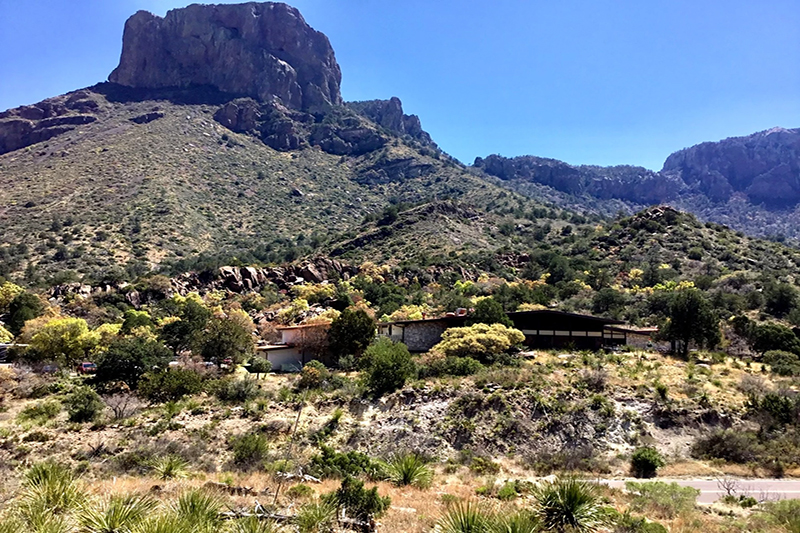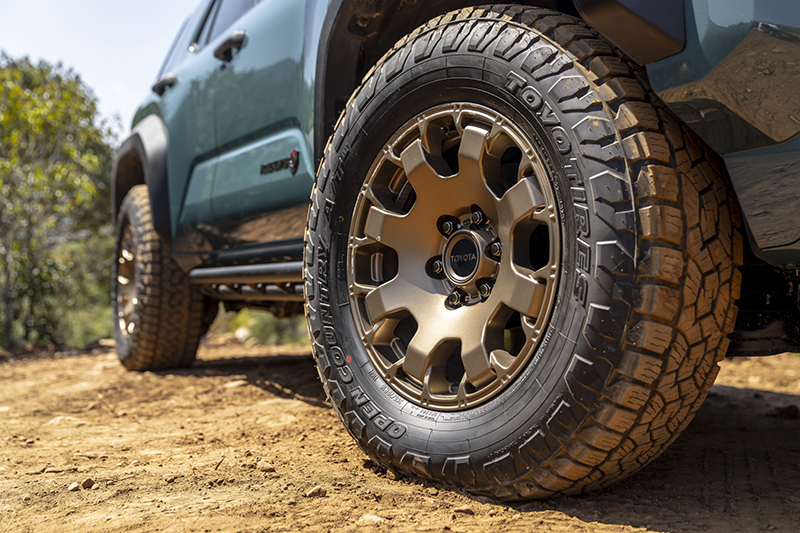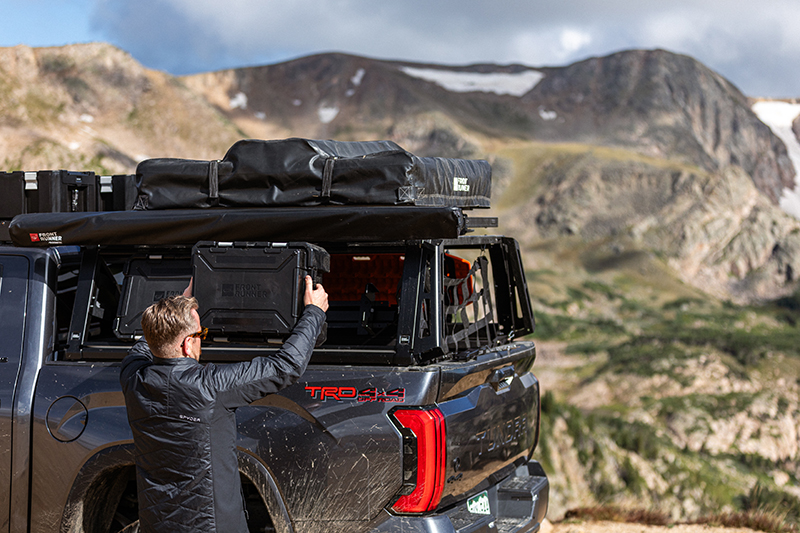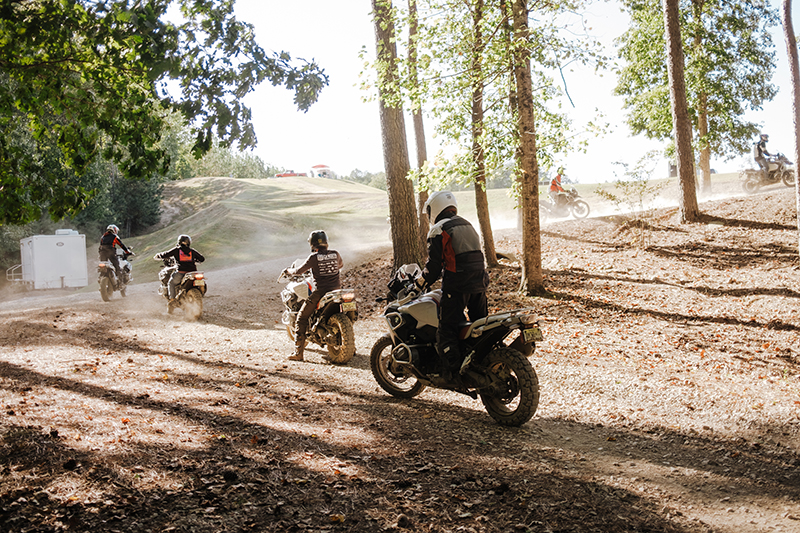Geocaching
Geocaching, or caching for short, is like a treasure hunt, but there’s no actual treasure. While there are over a dozen different types of geocaches, most geocachers search for traditional caches: a container of some kind with a log book to sign to show that you’ve found it. Traditional caches range in size from the tip of your little finger to a garbage can or larger. Caches are also rated on a 1-5 scale for difficulty to find and the terrain you have to cross to find it. One is easiest and a five is most difficult.

Traditional caches are the most common cache type. It is common for geocachers to also seek Puzzle or Mystery caches that require you to solve a puzzle – some can be very complicated – to determine the exact coordinates. Multi-Caches involve more than one location; with the ending one being where you’ll find the logbook. EarthCaches are designed for learning about Earth’s geology. You usually have to answer a set of questions to log this cache type. Virtual Caches are just that. There is no container and you have to follow the cache owner’s directions for logging the find. There are also Letterbox Hybrids, Event Caches, Cache In Trash OutTM (CITO) events, Mega-Event Caches, GigaEvent Caches, WherigoTM, Geocaching HQ Geocache, and GPS Adventures Maze Exhibit caches.
Participants, or geocachers, create, maintain, and hide caches all around the world. The appearance, size, terrain, and difficulty are all up to the cache owner’s imagination! See that bird in the tree? It could be a plastic decoy with a cache attached!
So, how do you find a geocache? You need two basic things to find one: the GPS coordinates of the cache and a GPS-enabled device that can direct you to the area where the cache is hidden.
Details about a cache and the GPS coordinates can be found at Geocaching.com. Click on the “Play” tab, type in a city and state and Geocaching will provide you with a list of caches. You can browse the cache list or click on the “Map this Location” link to see a map of the listed caches. Zoom in a little and you can click on the cache icon for more information. Load the GPS coordinates into your GPS device and you are off and running. When you find a cache, be sure to sign the log with your Geocaching.com log-in name, then, go back to your computer to log your find on Geocaching.com.

Geocaching
Geocaching is a game that you play the way you want to play it. Beyond using your common sense, there are only three rules:
- If you take something from the geocache, leave something of equal or greater value. Many caches contain inexpensive swag that can be traded.
- Write about your find in the cache logbook.
- Log your experience at www.geocaching.com.
In addition to the three rules, Groundspeak, Inc. encourages personal responsibility for our environment. The Leave No Trace principle is as important during your geocaching adventure as it is on your other 4X4 journeys.
Geocaching is fun for all ages. Off-road/backcountry travelers can find geocaches during their travels. Families make weekend outings around geocaching. Retirees use caching as a way to explore new areas,
or revisit old neighborhoods. Many geocachers will tell you they never would have visited an area if there hadn’t been a cache there!
Several communities are getting in to the geocaching realm by offering GeoTours, a series of caches placed to introduce you to new locations. Want to explore the Santa Fe National Trail? This tour of 73 caches takes you through five states. Washington State Parks have 104 caches to entice you to visit their state parks. The National Park Service has 59 caches to find as you follow Captain John Smith and his crew along the Chesapeake National Historic Trail by canoe!
HOW DO I GET STARTED?
To start geocaching, visit www.geocaching.com and look through Geocaching 101 under the “Learn” tab. The website is very informative and everything and anything you want to know about caching is on the site. A free, basic membership will get you started. If you like it, you can upgrade to a Premium membership ($29.99/year).
You’ll need to determine what kind of GPS receiver you want to use. Companies like Garmin and Magellan have designed geocaching features into many of their devices. These features include the capability to load cache coordinates and other information onto the device, saving you the trouble of printing it out or writing it down. They also allow you to mark which caches you’ve found and write a note about the adventure. The finds are uploaded to Geocaching.com when you return to an internet connection.

If you own a GPS-enabled smartphone, you can download a geocaching application that connects you directly to geocaching.com. A direct connection enables you to see all of the cache data, provide directions to the cache, and to log your find. However, your smart phone may not work well where there is poor cellular reception.
NAVIGATING TO YOUR CACHE
Okay, you’ve signed up at www.geocaching.com, purchased your GPS or downloaded the Geocaching application to your smart phone, studied Geocaching 101, so let’s get started. We’ll navigate to the location, track down the cache using the coordinates listed, and YES! (fist pump) There it is.
Now that you’ve found the cache, let’s see what is in it. You should find a log book. It can be as simple as a piece of paper or a small tablet/notebook; usually in a plastic bag to keep it dry. Sign the log with your Geocaching.com Username. In addition to the log, the cache may contain some swag or a trackable item. (You can read about trackables on the Geocaching.com website.)

Remembering what we learned about swag and trackables from the Geocaching website, we’ll only take a swag item if we have something of equal value to leave behind. Do not leave food or anything heavily-scented in the cache. This can be very tempting to wildlife who will chew their way in; destroying the
cache if it is not a metal container. Also, use common sense in what you leave behind. Knives, bullets, and what may be questionable material should not be left behind.
If we take that trackable, we’re making the commitment to track it correctly when we sign on to Geocaching.com to log our find.
If you used your smart phone to find this cache, you can log the find right now. Be sure to note if you left or took anything. If you’re using a GPS receiver, you’ll log your finds once you are back to your computer.

As you find more caches, in all shapes and sizes, you’ll soon develop what is known as a geo-sense. You begin to recognize how people hide caches and will see the hide before actually reaching the coordinates. Sometimes it’s just an out-of-place pile of rocks or sticks. Other times, the cache is so well camouflaged that it is very hard to find. Your geo-sense then helps you to reason out the location. After a while you won’t be able to walk by a chain link fence without looking for a small cache that is hanging on fishing line or is hidden under a finial cap.
Remember to always watch where you put your hands when reaching for a cache. Always know your environment; spiders and snakes like those hiding places as well. Branches and thorns of trees and bushes can be hurtful to the little ones or your pets.
When caching out in the woods or backcountry, take the same precautions you would for any exploration off the main highway. Travel responsibly, have a full fuel tank, water, good walking/hiking shoes, food/snacks, and let someone know where you are going and when you’ll be back.
- Editor Note: This article was previously published in Issue #2 of OutdoorX4 Magazine. Purchase a subscription and access the complete digital edition of that issue by clicking HERE.
* OutdoorX4 Magazine – Promoting responsible 4×4 adventure travel and outdoor recreation







